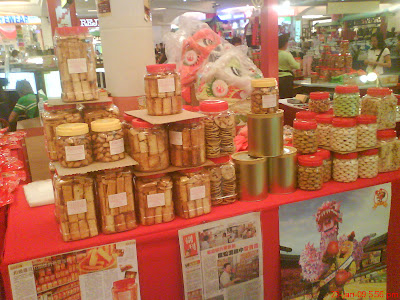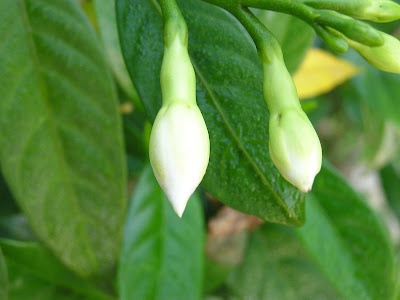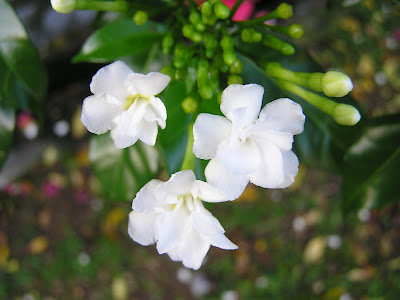
Tuesday, November 10, 2009
Worldwide Opportunity also available from Malaysia

Friday, April 24, 2009

Wednesday, April 22, 2009
Monday, March 30, 2009
(Click for bigger picture, then click back)
This is a pineapple plant in my sister-in-law's backyard in Kajang.
Origin: The pineapple is native to southern
Growth Habit: The pineapple plant is a herbaceous perennial, 2-1/2 to 5 ft. high with a spread of 3 to 4 ft. It is essentially a short, stout stem with a rosette of waxy, straplike leaves.
Harvest: It is difficult to tell when the pineapple is ready to be harvested. Some people judge ripeness and quality by snapping a finger against the side of the fruit. A good, ripe fruit has a dull, solid sound. Immaturity and poor quality are indicated by a hollow thud. The fruit should be stored at 45° F or above, but should be stored for no longer than 4 - 6 weeks.
Tuesday, February 24, 2009
Saturday, February 7, 2009

Sunday, February 1, 2009
Subdued New Year celebrations
Saturday, January 24, 2009
Eagerly awaiting Chinese New Year
Chinese New Year celebrations




(Click for bigger picture, then click back)
Decorations and goodies at The Summit shopping mall in preparation for the Chinese New Year which falls on Monday, the 26th of January, 2009.
Sometimes called the Spring Festival, it is one of the most important traditional Chinese holidays. It is also called the Lunar New Year, especially by people outside of China.
The festival begins on the first day of the first lunar month of the Chinese calendar and ends with a Lantern Festival on the 15th day, also called Chap Goh Meh.
Celebrated in areas with large populations of ethnic Chinese, it is considered the most important holiday for the Chinese. It had influence on the new year celebrations of its geographic neighbors, as well as cultures with whom the Chinese have had extensive interaction.
These include Aboriginal Taiwanese people, Koreans, Mongolians, Nepalese, Bhutanese and Vietnamese. In mainland China, Hong Kong, Macau, Taiwan, Singapore, Indonesia, Malaysia, the Philippines, Thailand and other countries with significant Han Chinese populations, Chinese New year is also celebrated, and has, to varying degrees, become part of the traditional culture of these countries.
In Canada, although Chinese New Year is not an official holiday, many ethnic Chinese hold large celebrations and Canada Post Office issues Chinese New Year theme stamps in domestic and international rates.
In Malaysia, it is a 2-day holiday and the ethnic Chinese celebrate it in a very big way. There will be open houses and food and traditional Chinese New Year cookies will be served to relatives and friends who come avisiting.
The elders will give out red packets of money or "ang pows" to the younger ones who are not yet married. Inmates of old folks' homes and children's homes will also receive "ang pows", food and mandarin oranges. It is a time of great rejoicing.
Wednesday, January 21, 2009
Past Full Bloom
Yellow Flowers
Tuesday, January 13, 2009





























